文章出处:《Could Cork Be Nature’s Answer to Our Environmental and Construction Needs?》,Ella Thorns.
你知道软木可以当建材吗? 软木也有可能是绿色建筑的解决方案
就软木的性质而言,因为它取自唯一一种能够再生树皮的树,收获树皮也不会对树造成伤害,所以软木是可回收并且可再生的。
长期以来,软木正悄无声息地进入我们的建筑,比如由于软木坚韧耐磨,它出现在了国会图书馆的棋盘地板上。甚至,连美国国家航空航天局(NASA)对软木的轻质和绝缘能力也是青睐的,把软木用做了太空梭的绝缘体。
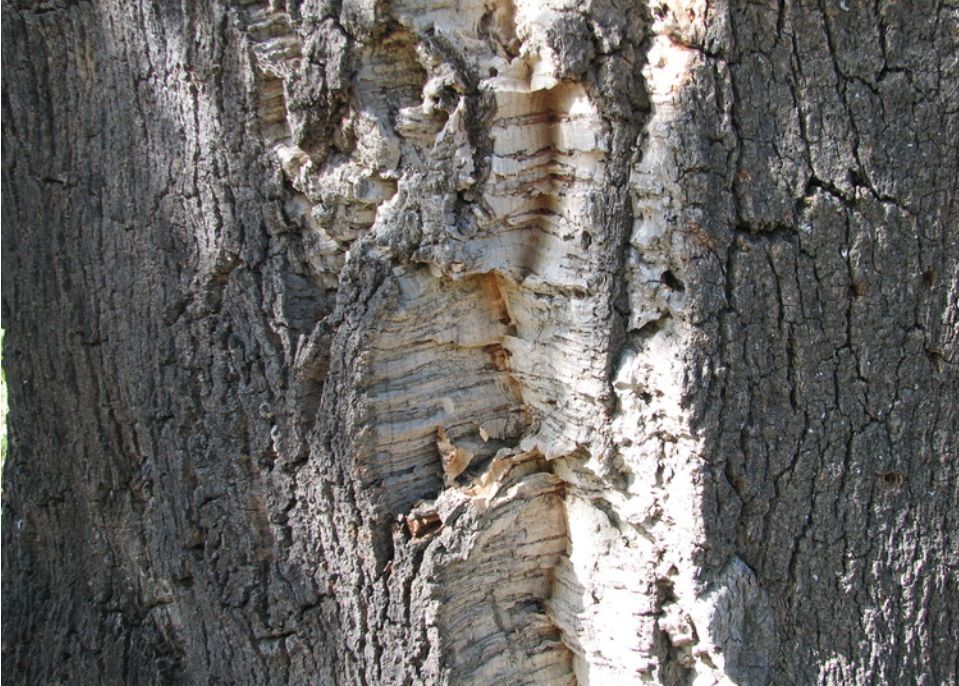
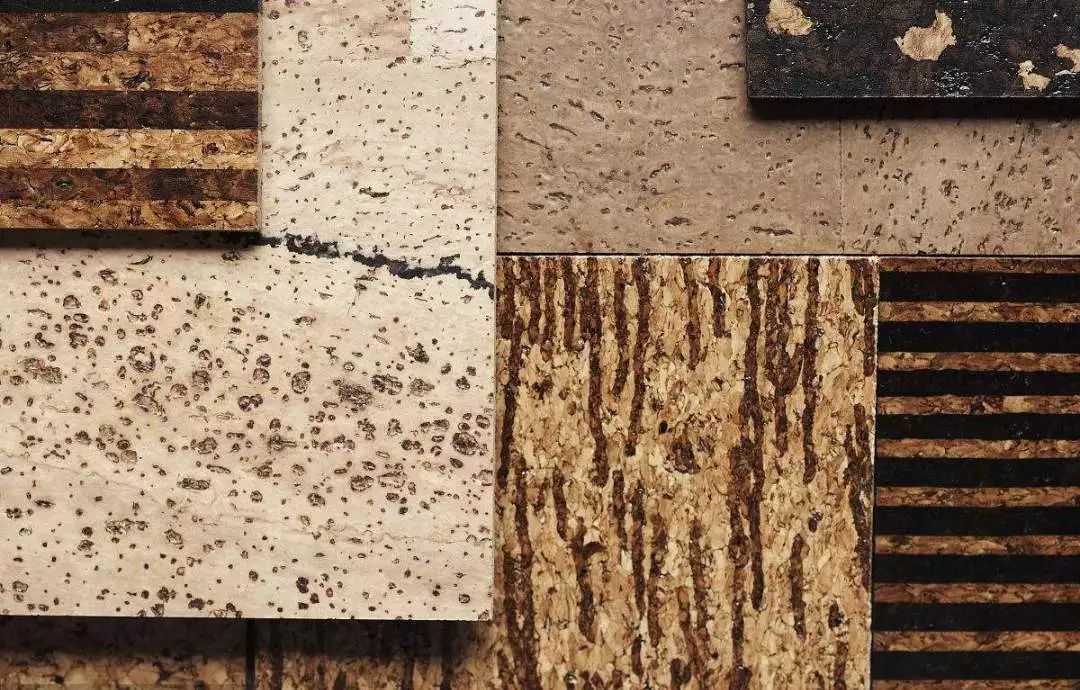
直到最近,我们才发现,人们对将软木作为建筑外墙、地板材料已经是与日俱增。因为软木有许多良好的特性,如:人们认为软木是防水的(否则我们为什么会相信它是我们珍贵的葡萄酒的塞子呢),同时它耐磨损,可以用作阻燃剂和隔音材料。在这些之外,软木还具有令人满意的美学品质,赋予建筑斑驳的涂色和自然的图案。
葡萄牙是世界上最大的软木生产国,软木在大型农业森林中被称为蒙大拿州的软木橡树,正是在这里树皮开启了其生命。软木的处理过程非常符合可持续发展:用小小的斧头将树皮的外层剥离,树皮会及时再生以供下次收割;在工厂里,树皮在高温下被切碎和压缩,使其膨胀,液体融化形成一种粘合在一起的胶水;一旦冷却,就可以将其切割作为包层使用的材料。除了运输过程中在路上产生的灰尘之外,所有收割的树皮在这个过程中都不会被浪费。这就是软木——没有任何添加!
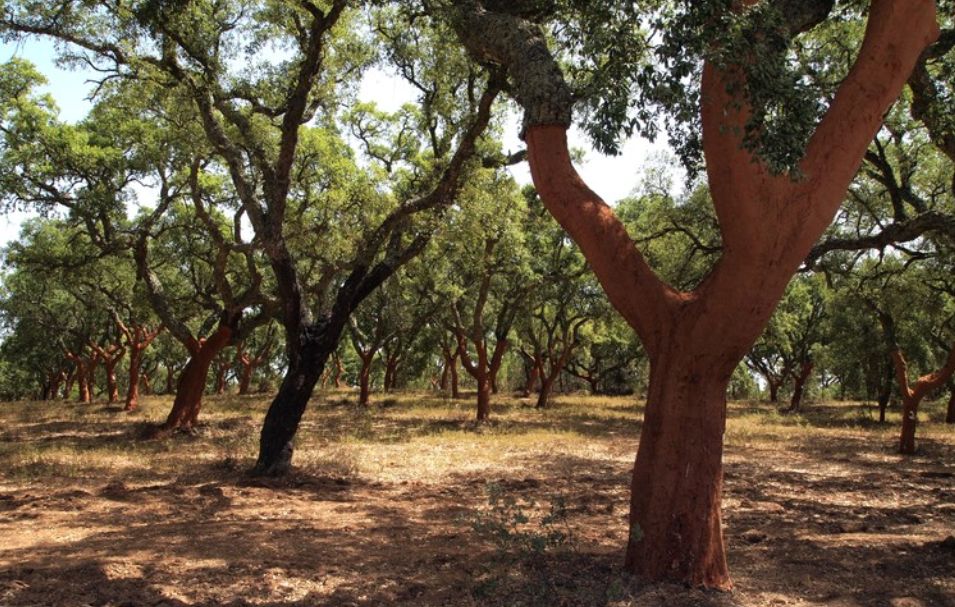
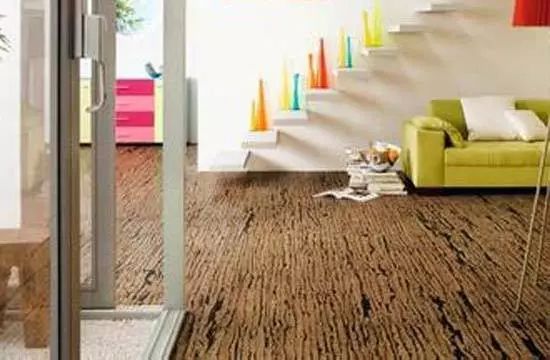
在葡萄牙,软木行业的规定极其严格,规定确保可持续生产,受过培训的工人也会获得丰厚的报酬。根据法律,在软木橡树25岁之前,不能对其进行收割;即使树龄25岁后,每棵树的收割时间间隔也不得少于9年。软木橡树不需要杀虫剂、灌溉或修剪。剥去树皮的橡树会吸收大量的二氧化碳,释放出更多的氧气,所以葡萄牙的蒙多斯通常被称为环境的“肺”。根据世界野生动物基金会的数据,它们在保护森林生物多样性方面也发挥着重要作用:“软木橡树森林维持了森林栖息地中最高水平的生物多样性,以及全世界最高的植物多样性水平。——世界野生动物基金会”
对软木的需求增长会让这个行业种植更多的软木,消耗掉更多的二氧化碳,从而使得环境受益。软木的材料适应性意味着许多建筑开始将其用于外部和内部用途。用于内部使用时,在Dost心脏诊所的案例中,软木塞调节湿度、吸收异味、并提供舒适的声音混响效果,对于一个从有机与温暖氛围中获取美学效果的临床环境来说是完美的选择。作为包层,不透水的软木还可以减少建筑物受到的碳负面物质的影响。
以下是14个有助于发掘在建筑中加入软木的灵感的项目:
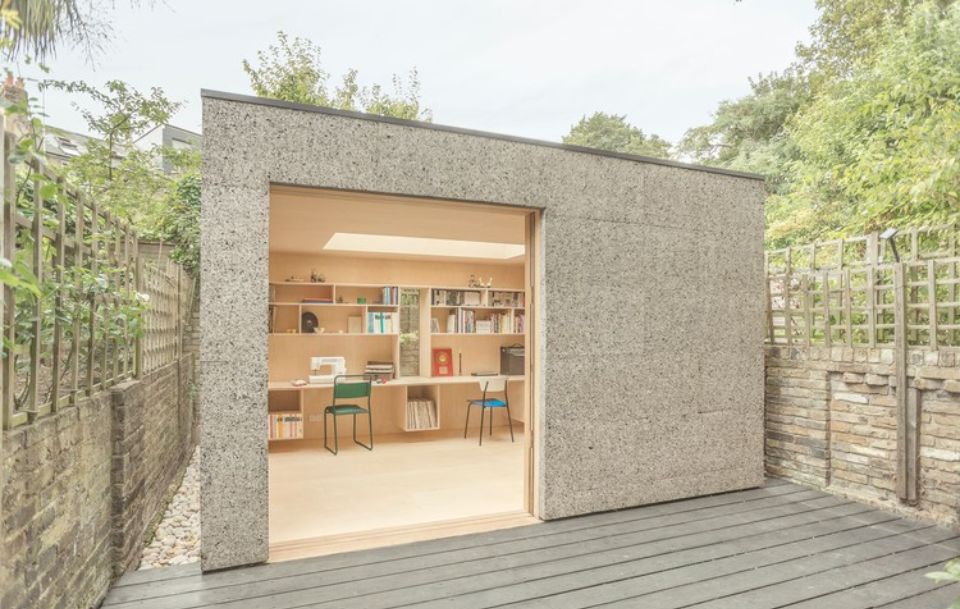

Cork Study / Surman Weston Bonjardim House / ATKA arquitectos
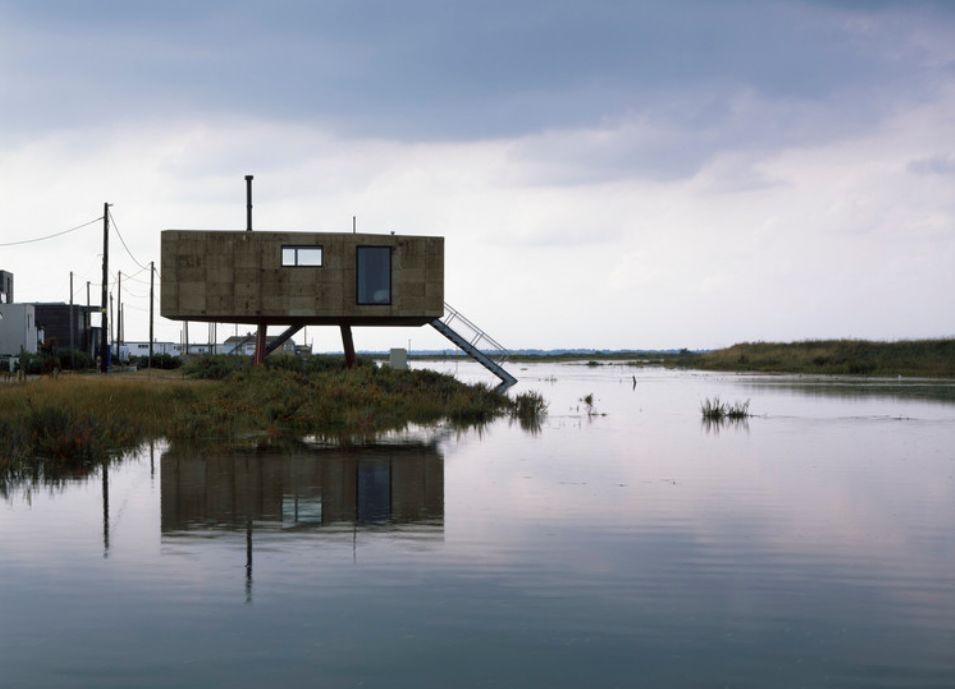
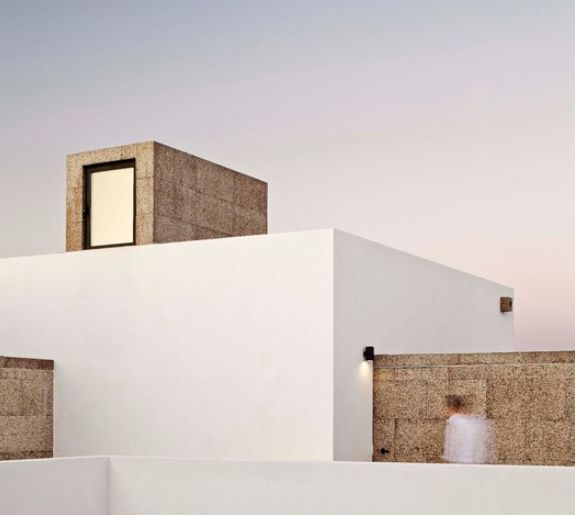
Redshank / Lisa Shell Architects Ltd + Marcus Taylor
Villa Extramuros / Vora Arquitectura
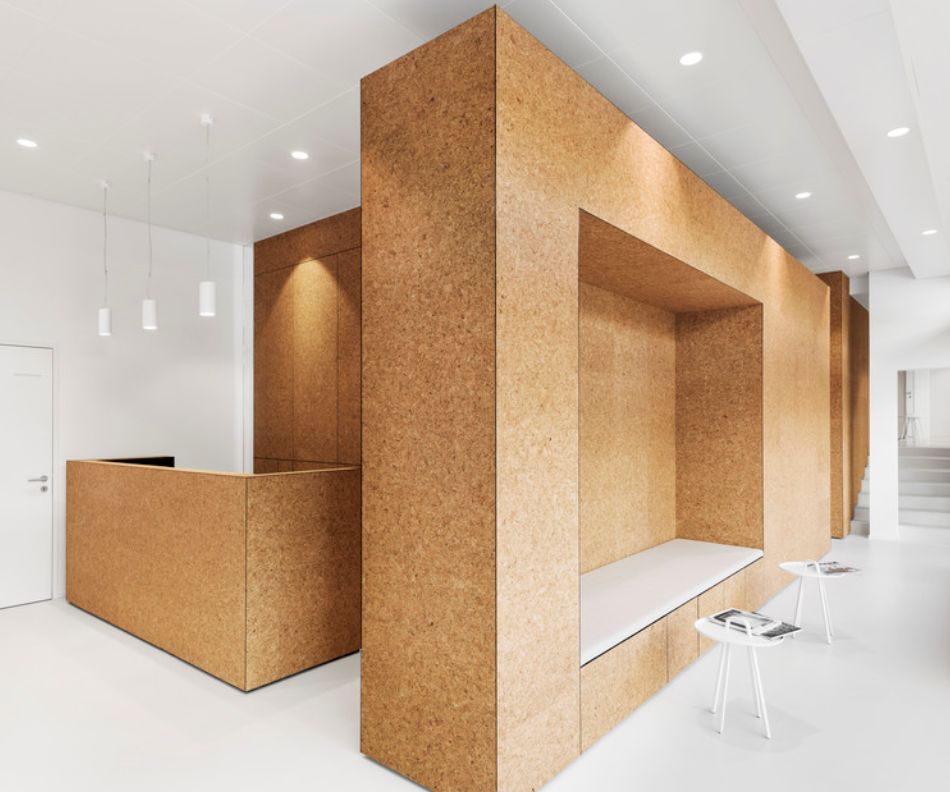
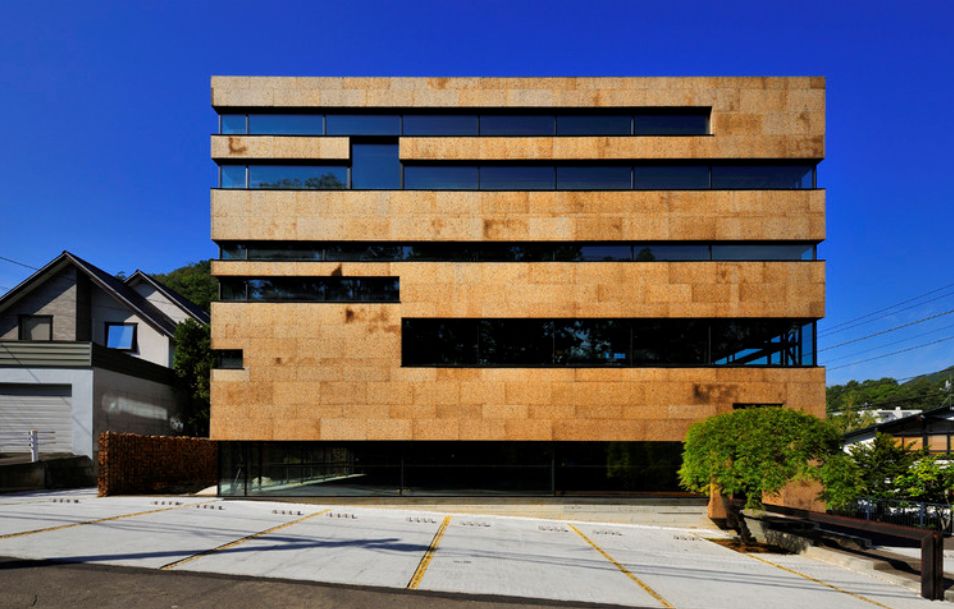
Herzpraxis Zürich-Höngg Clinic / Dost Innenarchitektur HIGO/Na Nakayma Architects
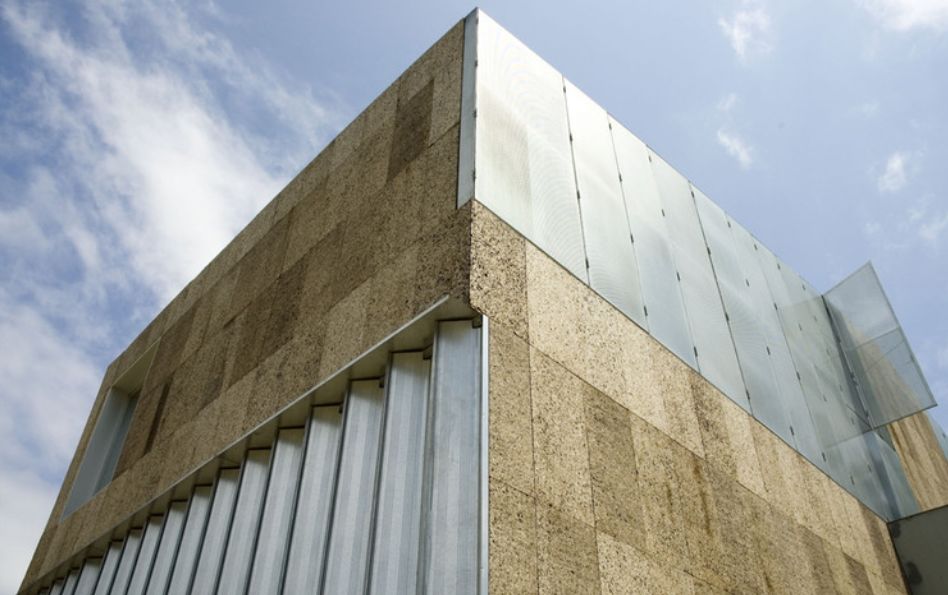
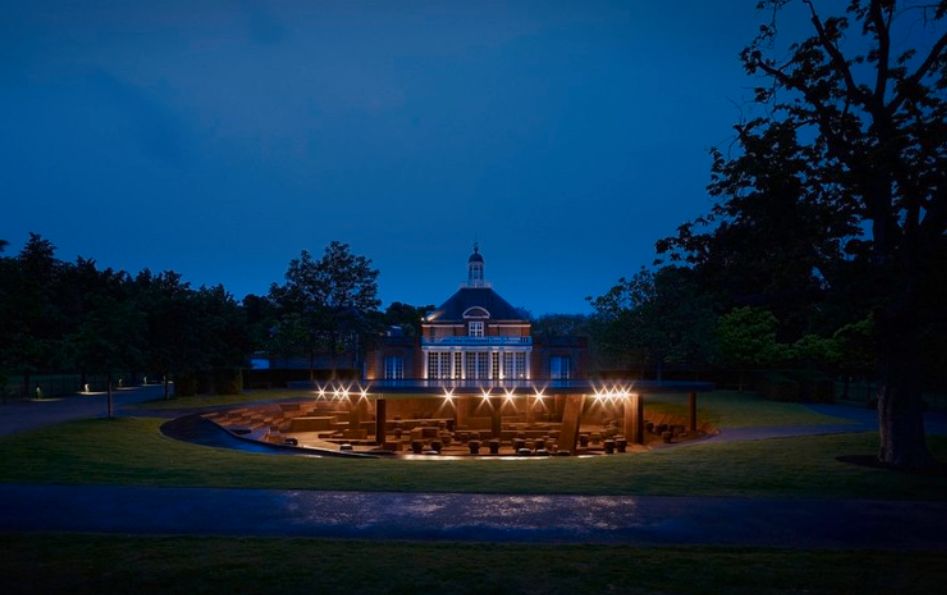
Cork House / Arquitectos Anonimos + Paulo Teodósio Serpentine Gallery Pavilion 2012 / Herzog de Meuron

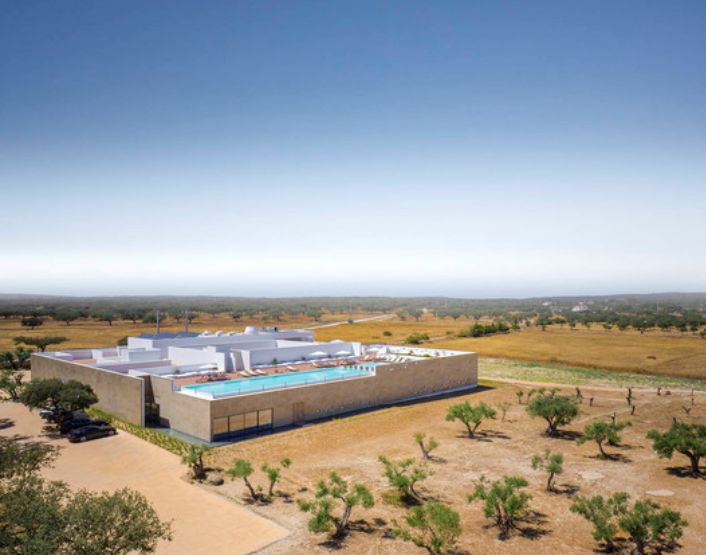
Logowines Winery / PMC Arquitectos Ecorck Hotel/ Jose Carlos Cruz


Unit 3 Studio / Selencky Parsons The Hill Cork House/ Contaminar Arquitectos
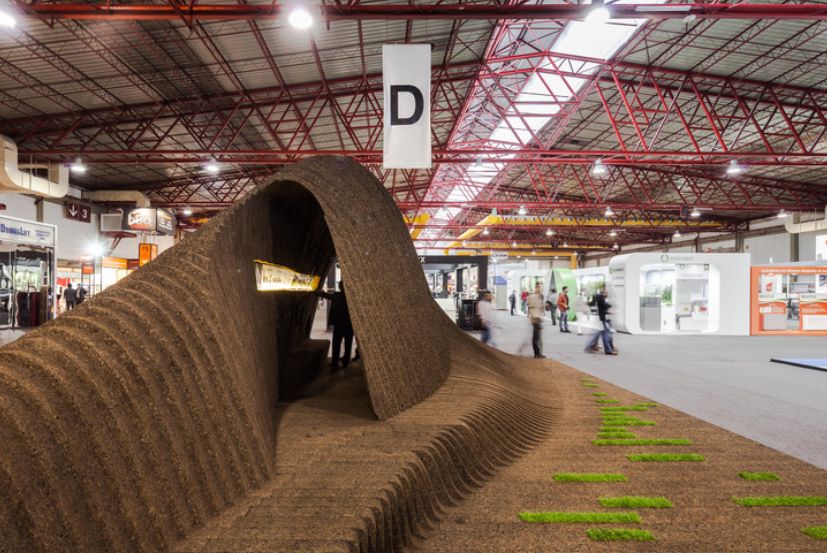
Vaulted Cork Pavilion / Pedro de Azambuja Varela + Maria João de Oliveira + Emmanuel Novo

原文
Could Cork Be Nature’s Answer to Our Environmental and Construction Needs?
Unbeknown to many, cork is something of a dark horse when it comes to the environment—a model of a sustainable industry and building material. By its very nature, cork is both recyclable and renewable, as it is the only tree that regenerates its bark, while harvesting that bark causes the tree no harm.
Cork has been sneaking its way into our buildings for many years now; due to its hard-wearing properties it can be found, for example, in the checkerboard flooring of the Library of Congress. Even NASA has been wise to cork's light weight and insulation capacity, using it as an insulator for their space shuttles.
Only recently have we seen a growing curiosity over cork as an external cladding material for buildings. Despite what many assume, cork is extremely waterproof (why else would we trust it as a stopper for our precious wine), resistant to abrasion, and acts as a fire retardant and an acoustic insulator. It also has desirable aesthetic qualities, giving buildings mottled earthy tones and natural patterning.
Portugal is the largest producer of cork in the world; it is here where the material begins its life as the bark of cork oak trees in large agricultural forests called montados. The process by which the cork is handled couldn’t be much more sustainable: it is harvested by stripping the outer layer of skin off the tree with a small hatchet that then regrows in time for the next harvest. In the factory, the cork is shredded and compressed at high temperatures, causing it to expand and the sap to melt to form a glue that binds it all together. Once cooled, it can be cut to measure ready to be put up as cladding. None of the harvested bark goes to waste in the process apart from the dust produced along the way. And that’s it—no added ingredients!
In Portugal the regulations for the cork industry are extremely tight, ensuring sustainable production, and the trained workers are paid a good living wage. By law, cork oaks cannot be harvested until the tree is at least 25 years old and even then, it can only take place every 9 years. The trees also require no pesticides, irrigation or pruning. The stripped trees absorb vast amounts of carbon dioxide and release more oxygen, so Portugal's montados are often referred to as the "lungs" of the environment. According to the World Wildlife Fund, they also play an important role in protecting biodiversity in the forest:
“Cork oak forests support one of the highest levels of biodiversity among forest habitats, as well as the highest diversity of plants found anywhere in the world.– World Wildlife Fund” An increase in demand for cork would benefit the environment, as the industry would need to plant more trees that encourage these habitats to grow and consume more carbon dioxide.
The adaptability of cork as a material has meant many buildings are beginning to use it for both external and internal uses. When used internally, in the case of the Heart Clinic by Dost, the cork regulates humidity, absorbs odors and provides comfortable sound reverberation, perfect for a clinical environment that aesthetically benefits from an organic, warm atmosphere. As cladding, the impermeable cork protects the building against the elements for a significantly carbon negative material.
Below are 14 examples to offer inspiration for how cork can be integrated into a building:
3 Redshank / Lisa Shell Architects Ltd + Marcus Taylor
4 Villa Extramuros / Vora Arquitectura
7 Cork House / Arquitectos Anonimos + Paulo Teodósio
8 Serpentine Gallery Pavilion 2012 / Herzog de Meuron
9 Logowines Winery / PMC Arquitectos
10 Ecorck Hotel / José Carlos Cruz
11 Unit 3 Studio / Selencky Parsons
12 The Hill Cork House / Contaminar Arquitectos
13 Vaulted Cork Pavilion / Pedro de Azambuja Varela + Maria João de Oliveira + Emmanuel Novo
14 NH House / Marc Rifà-Rovira

